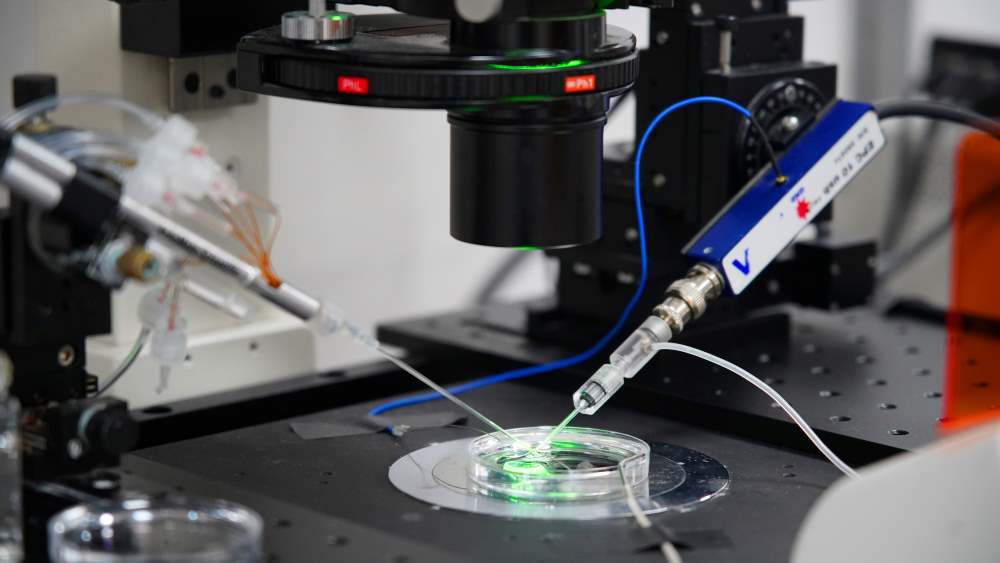Shanghai Drug Safety Evaluation Center

Medicilon has a professional team and practical experience in drug safety evaluation, which can provide high-quality data and a fast turnaround period to support various drug safety evaluation studies. Toxicological studies can be performed in accordance with non-GLP or GLP standards. Our research platform has been rated as Shanghai R&D Public Service Platform.
Medicilon Drug Safety Evaluation Service Project
(1) Single and multiple dose toxicity test (rodent)
(2) Single and multiple dose toxicity tests (non-rodent)
(3) Reproductive toxicity test (Section I, Section II, Section III)
(4) Genotoxicity test (Ames, micronucleus, chromosome aberration)
(5) Carcinogenicity test
(6) Local toxicity test
(7) Immunogenicity test
(8) Safety pharmacological test
(9) Toxicokinetic test
Single-dose toxicity test Repeated-dose toxicity test Immunogenicity test Local toxicity test Safety pharmacology test
Genotoxicity test Reproductive toxicity test Pharmacotoxicity kinetics test
Contact us: www.medicilon.com marketing@medicilon.com
Concept and research content of drug safety assessment
Drug safety evaluation is to clarify the toxicity and potential hazards of drugs through animal tests and observations of the population to determine whether they can enter the market or clarify the safe use conditions to minimize their harmful effects and protect human health.
The research contents of drug safety evaluation include pre-clinical safety evaluation, clinical safety evaluation and post-marketing safety re-evaluation.
Purpose of preclinical safety assessment
-
Support human clinical trials and guide the design of clinical trials in each phase (selection of test population, dosage, dosage regimen, and selection of indicators for monitoring drug safety and efficacy) 2. Maximize the benefit/risk ratio of drug development
-
Discover any potentially unknown toxicity and target organs
Limitations or uncertainties of drug safety assessment animal experiments
-
Limitations
Humans and laboratory animals have different sensitivity to drug reactions.
Animals cannot describe the toxic effects of subjective sensations (pain, fatigue, dizziness, vertigo, tinnitus, etc.);
Animal experiments can observe the signs of animals, but not the symptoms of animals. -
Uncertainty The toxicity of drugs at high doses may be inconsistent with that of low doses. The number of experimental animals used in the evaluation of drug safety is limited, and there is uncertainty in the extrapolation from the results of a small number of animal experiments to the use of drugs by a large number of people. Subjects have different health indexes and different susceptibility to drug reactions. (The experimental animals are all laboratory-cultivated, using adult healthy animals with a single reaction; while the population is of different races and races, including elderly frail and sick individuals, there are differences in susceptibility to drug reactions)
Drug safety evaluation regulations, norms and guiding principles
(1) Regulations:
“People’s Republic of China Drug Administration Law” “Drug Registration Management Measures” Annex 1
Chinese medicine, natural medicine registration classification and reporting information requirements Annex II
Requirements for registration classification and declaration materials of chemical drugs
Biological product registration classification and declaration information requirements Annex IV
Drug supplementary application registration items and declaration information requirements Annex V
Drug re-registration declaration data item
(2) Specifications:
“Quality Management Standards for Drug Nonclinical Research”
“GB 19489-2004 General Requirements for Laboratory Biosafety”
Laboratory Animal Management Regulations and Laboratory Animal Quality Management Measures and Standards
“Regulations on the Management of Laboratory Animals”
“Measures for the Quality Control of Laboratory Animals”
“GB 19423-2001 Genetic Quality Control of Mammal Laboratory Animals”
National compulsory standards for experimental animal feed
National Compulsory Standards for Laboratory Animal Environment and Facilities
National Compulsory Standards for Laboratory Animal Microbiology Testing
Local regulations on the management of laboratory animals
The safety evaluation agency is a fundamental issue for new drug research. Having a new drug security evaluation agency that can meet the GLP standard makes it a concrete manifestation of the basic capabilities of new drug research. At present, there are 1702 non-clinical drug research institutions in China, of which more than 300 are engaged in or plan to engage in drug safety evaluation research. However, only a few provinces and cities have passed the national GLP certification, which marks the above-mentioned few provinces and cities. It will form its own system in the research of new drugs and has formed an absolute advantage.
